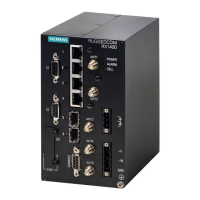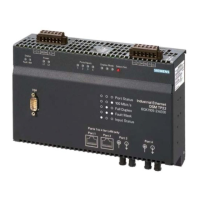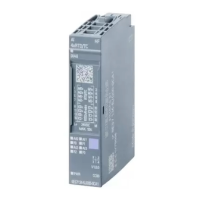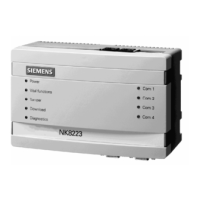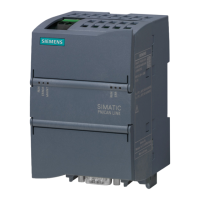Chapter 14
Network Redundancy
RUGGEDCOM ROX II
CLI User Guide
648 Deleting a Multiple Spanning Tree Instance
Where:
• id is the ID for the Multiple Spanning Tree Instance
3. Configure the following parameter(s) as required:
Parameter Description
bridge-priority { bridge-priority } Synopsis: { 0, 4096, 8192, 12288, 16384, 20480, 24576, 28672, 32768, 36864,
40960, 45056, 49152, 53248, 57344, 61440 }
Default: 32768
Bridge priority provides a way to control the topology of the Spanning Tree Protocol
(STP) connected network. The desired root and designated bridges can be configured
for a particular topology. The bridge with the lowest priority will become the root. In the
event of a failure of the root bridge, the bridge with the next lowest priority will then
become the root. Designated bridges that (for redundancy purposes) service a common
Local Area Network (LAN) also use priority to determine which bridge is active. In this
way, careful selection of bridge priorities can establish the path of traffic flows in normal
and abnormal conditions.
4. Map one or more static VLANs and map them to the MSTI. For more information, refer to Section8.5.5.2,
“Adding a Static VLAN”.
5. Type commit and press Enter to save the changes, or type revert and press Enter to abort.
Section14.3.6.4
Deleting a Multiple Spanning Tree Instance
To delete a Multiple Spanning Tree Instance (MSTI), do the following:
1. Make sure the CLI is in Configuration mode.
2. Delete the multiple spanning tree instance by typing:
no switch spanning-tree mstp-instance ID
Where:
• ID is the ID of the multiple spanning tree instance
3. Type commit and press Enter to save the changes, or type revert and press Enter to abort.
Section14.3.7
Managing Multiple Spanning Tree Instances Per-Port
This section describes how to configure and manage Multiple Spanning Tree Instances (MSTIs) for individual ports.
CONTENTS
• Section14.3.7.1, “Viewing Per-Port Multiple Spanning Tree Instance Statistics”
• Section14.3.7.2, “Viewing a List of Per-Port Multiple Spanning Tree Instances”
• Section14.3.7.3, “Adding a Port-Specific Multiple Spanning Tree Instance”
• Section14.3.7.4, “Deleting a Port-Specific Multiple Spanning Tree Instances”
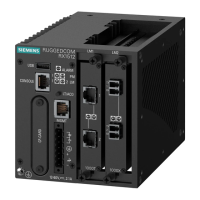
